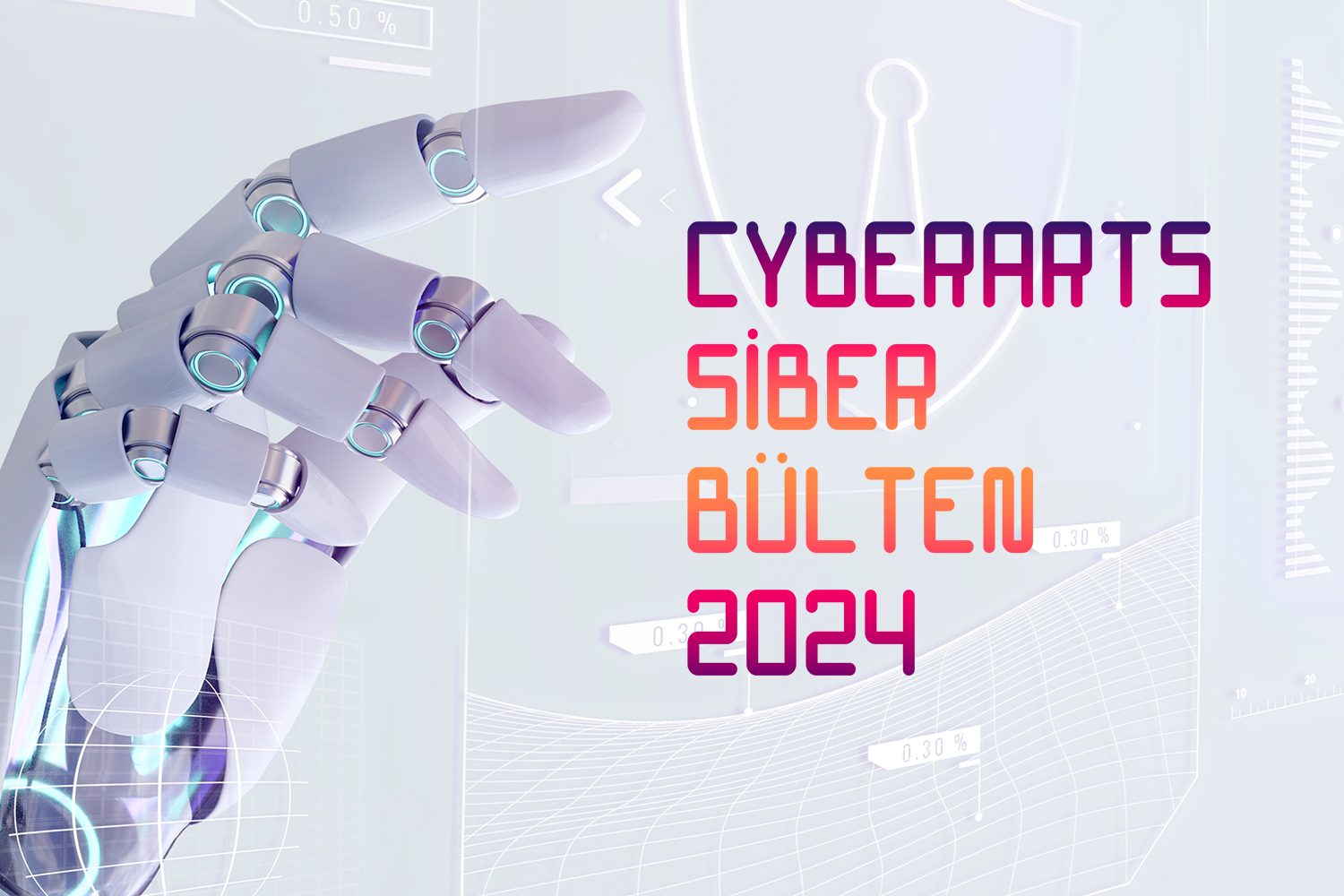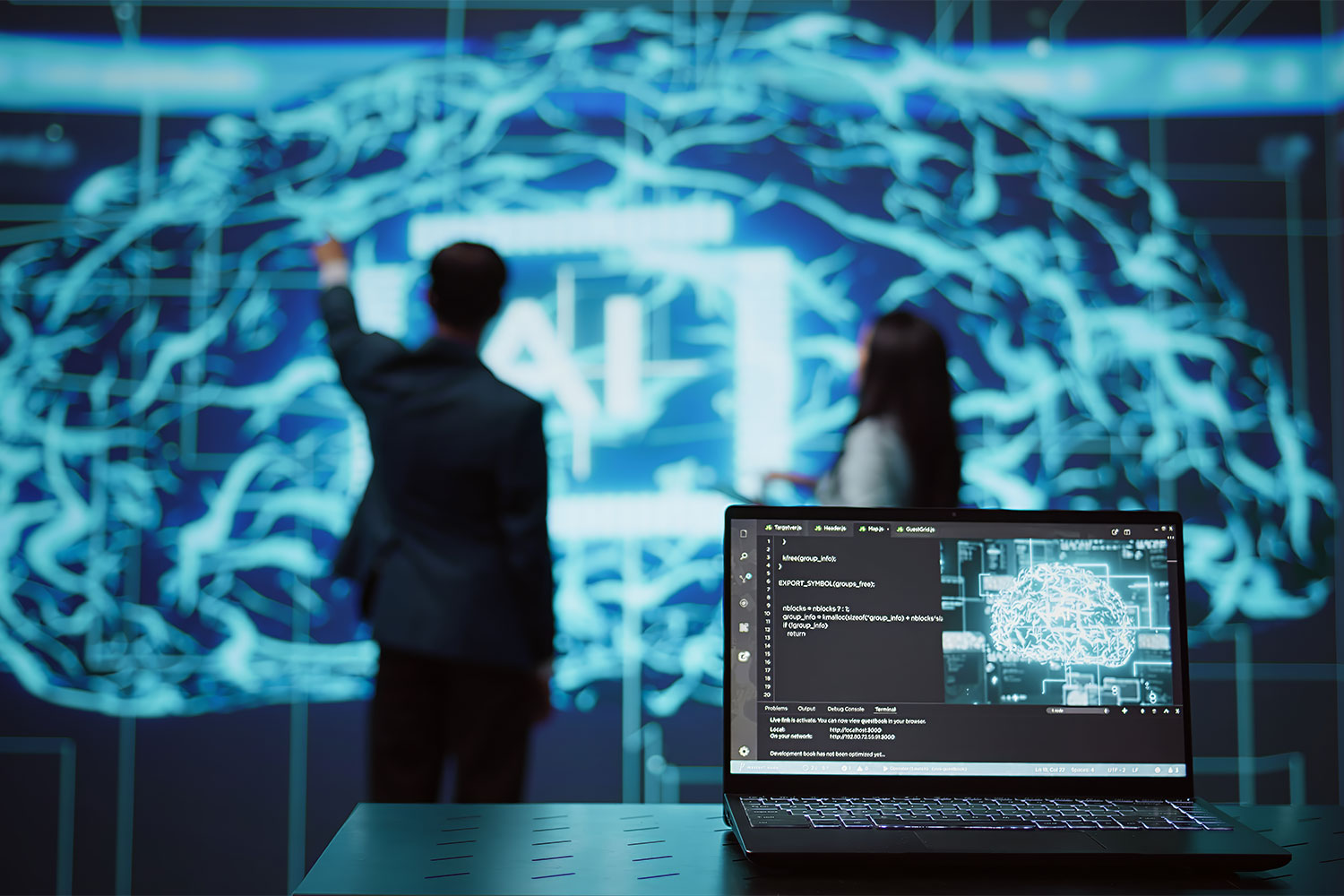As technology advances rapidly, cybersecurity threats are becoming increasingly complex and widespread. Traditional cyber defense strategies are no longer sufficient to cope with these rapidly changing and evolving threats. At this point, automatic cyber threat detection and defense systems come to the fore. In this article, we will discuss the importance, operation, benefits and potential future development areas of automatic cyber threat detection and defense systems, focusing on future cyber defense strategies.
Weaknesses of Traditional Cyber Defense Strategies:
Traditional cyber defense strategies often rely on human intervention. However, these strategies have some weaknesses:
- Human factor: Systems managed by humans cannot react quickly enough to cyber attacks.
- Complex attacks: Traditional methods can have difficulty detecting and blocking complex and rapidly changing attacks.
The Importance of Automatic Cyber Threat Detection and Defense Systems:
Automated cyber threat detection and defense systems provide significant advantages by overcoming these weaknesses:
- Quick response: Automated systems can react quickly to attacks as soon as they detect them.
- Continuous monitoring: By constantly monitoring networks and systems, systems can quickly detect anomalies.
Functioning of Automatic Cyber Threat Detection and Defense Systems:
These systems typically follow these steps:
- Threat monitoring and detection: Automated systems detect anomalies by monitoring network traffic.
- Analysis and evaluation: Detected threats are automatically analyzed and evaluated.
- Reaction and defense: The system automatically reacts to identified threats and implements defensive measures.
The Role of Artificial Intelligence and Machine Learning:
Artificial intelligence and machine learning techniques play an important role in automatic cyber threat detection and defense systems. These technologies are widely used in processes such as data analysis and identification of attack patterns, enabling systems to continuously improve.
Artificial intelligence and machine learning are driving revolutionary changes in the field of cybersecurity. Here is the critical role of these technologies in cyber security:
- Data Analysis and Predictability: Artificial intelligence and machine learning are used to identify attack patterns by analyzing large data sets. This is a valuable tool for detecting potential attacks and predicting future threats.
- Behavior-Based Threat Detection: Traditional signature-based detection systems rely on detecting predetermined signatures of attacks. However, artificial intelligence and machine learning can detect attacks by analyzing normal and abnormal network behavior. This provides a more effective defense against unknown and evolving threats.
- Optimization of Automatic Responses: Artificial intelligence and machine learning can learn how the system will react to a particular threat. For example, when a cyber attack is detected, these systems can automatically implement defensive measures and effectively combat the attack.
Artificial intelligence and machine learning represent a revolutionary transformation in the field of cybersecurity. Capabilities such as big data analysis, behavior-based threat detection, and optimizing automatic responses enable businesses and institutions to create a stronger defense against cyber attacks. Therefore, the importance of artificial intelligence and machine learning in cyber security strategies is increasing.
Benefits and Advantages:
Automated cyber threat detection and defense systems have many benefits:
- Fast response: Systems can instantly detect attacks and react quickly.
- Minimizing human errors: Automated systems provide a more reliable defense by minimizing human errors.
- Efficiency: By operating continuously and providing automatic reactions, systems become more efficient and save manpower.
Challenges and Obstacles Encountered:
Some of the challenges faced by automated cyber threat detection and defense systems include:
- False positives and false negatives: Systems run the risk of raising false alarms or missing real threats.
- Dealing with evolving threats: Dealing with constantly changing and evolving threats can be a challenge for systems.
Future Development and Directions:
In the future, automatic cyber threat detection and defense systems are expected to further develop and become widespread. These developments include the further integration of artificial intelligence and machine learning techniques, the development of autonomous cyber defense systems, and the establishment of global cooperation and standards.
Cyber defense strategies of the future are based on automatic cyber threat detection and defense systems. These systems provide protection against cyber threats quickly, effectively and efficiently. By adopting these technologies, institutions and organizations can better protect their digital assets and create a stronger defense against cyber attacks.
Disclaimer
Dear visitor,
This blog post is for information purposes and has been prepared with the aim of raising awareness against attacks and taking measures in this direction. We remind you that it is not legal to use the information in this article outside of its purpose, we recommend you to apply it in your test environments beforehand. Otherwise, we declare that CyberArts is not responsible for any errors, deficiencies or malfunctions that may arise in your systems due to this situation and cannot be held responsible for direct or indirect damages and losses that may arise from them.
Regards,
CyberArts Informatics Incorporated Company
[vc_row][vc_column][vc_cta h2=”” add_button=”bottom” btn_title=”Teklif Talep Edin” btn_style=”flat” btn_shape=”square” btn_color=”danger” css_animation=”fadeInLeft” btn_link=”url:https%3A%2F%2Fcyberartspro.com%2Fteklif-isteme-formu%2F||target:%20_blank|”]Siber Güvenlik, Dijital Dönüşüm, MSSP, Sızma Testi, KVKK, GDPR, ISO 27001, ISO 27701 ve DDO Bilgi ve İletişim Güvenliği Rehberi başlıklarıyla ilgili teklif almak için lütfen tıklayın.[/vc_cta][/vc_column][/vc_row] .












